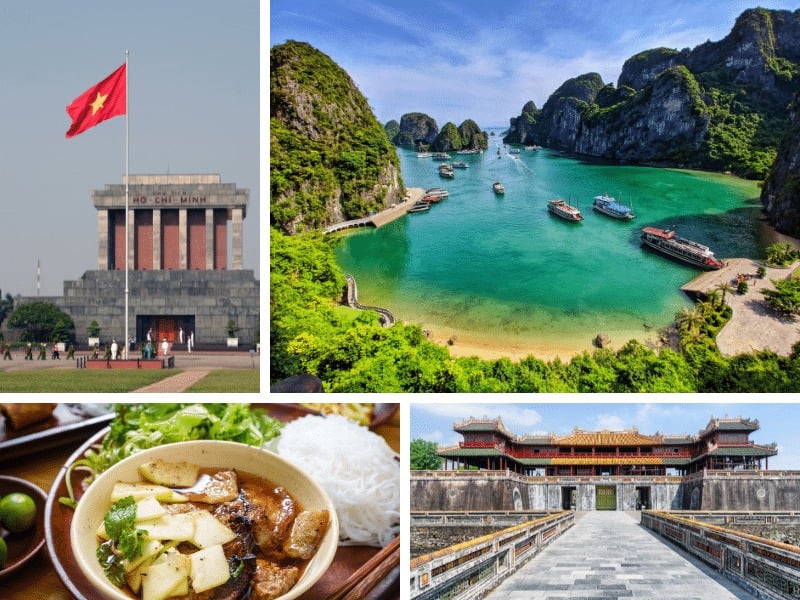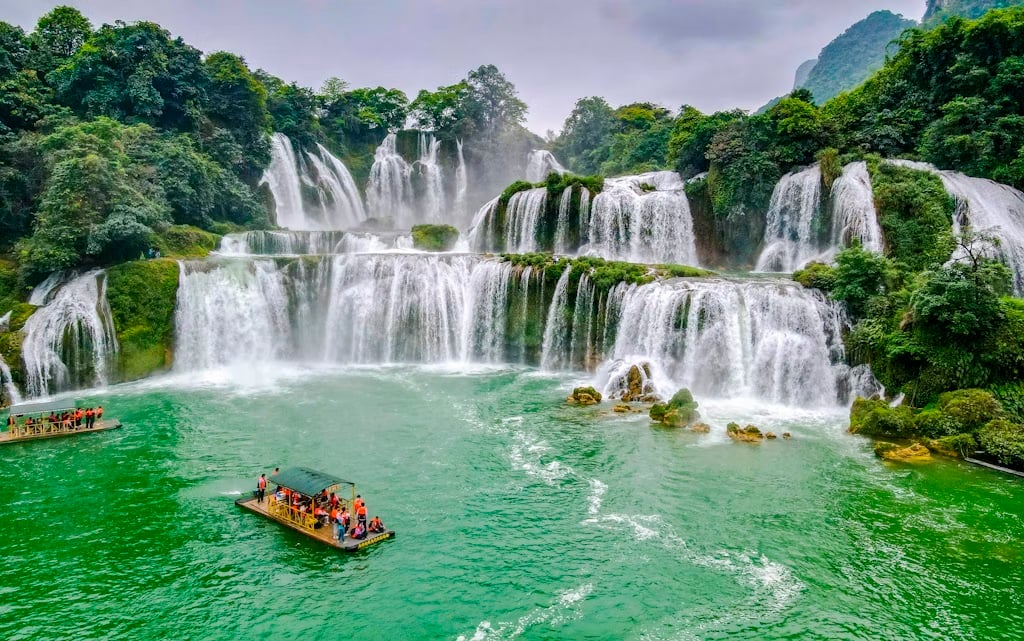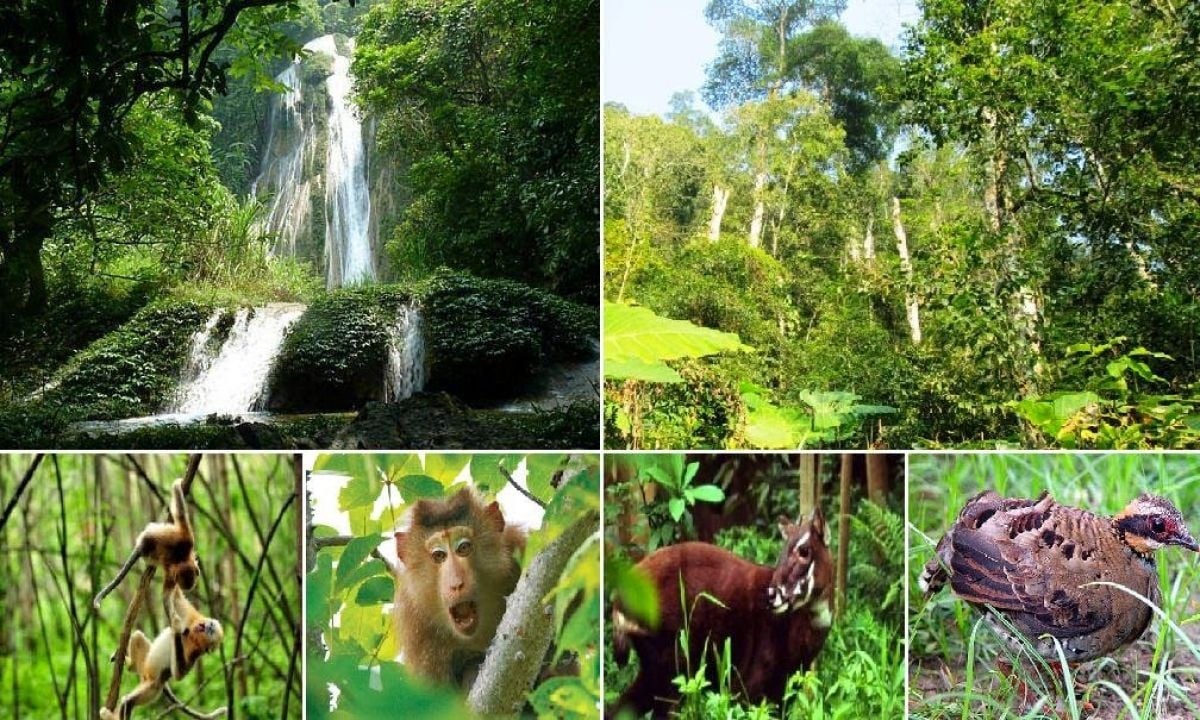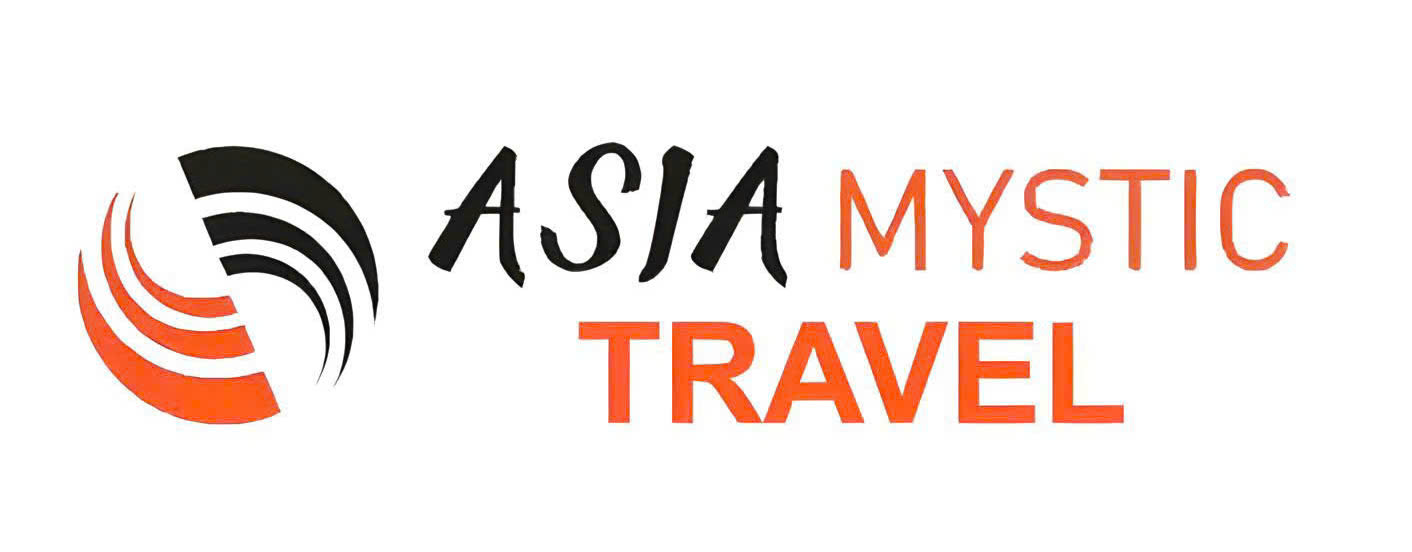
Useful Things To Know Before Traveling To Vietnam
Vietnam travel is a mesmerizing voyage of discovery, inviting travelers to explore a destination that combines rich heritage, stunning scenery, and an irresistible spirit of exploration. Follow our comprehensive guide to prepare for your upcoming trip!
1. Introduction to Vietnam
- Capital: Hanoi A
- rea: 331,690 km²
- Population: 101.112 million (2024)
- Timezone: UTC +7

Vietnam, located in Southeast Asia, shares borders with China, Laos, and Cambodia. It stretches along more than 3,000 kilometers of picturesque coastline. This Vietnam location blesses the country with breathtaking natural beauty, including over 125 pristine beaches and some of the world's most scenic bays. Also, with over 3,000 national heritage sites, many of which are recognized as UNESCO World Heritage Sites, Vietnam is a treasure trove of history and culture.
Vietnam culture is a rich tapestry woven from 4,000 years of history, shaped by 54 distinct ethnic groups. Each group brings its traditions, customs, and values, contributing to a dynamic cultural landscape. Vietnam's intangible cultural heritages, such as the royal court music of Hue, the Gong culture of the Central Highlands, and the worship of the ancient Hung Kings, showcase the depth of its cultural legacy.
The hospitality of Vietnamese people is central to the country's charm. Their resilience and commitment to preserving traditions make Vietnam a welcoming destination for travelers. Vietnam’s vibrant cuisine also adds a layer of appeal for food lovers. Consistently ranked among the safest and most affordable tourist destinations, Vietnam travel offers an unparalleled journey of discovery that will capture your heart.

2. About Vietnam’s geography
Vietnam is located on the Indochina Peninsula in Southeast Asia. Regarding the geography of Vietnam, it shares a border with China to the north, Laos and Cambodia to the west, and the East Sea to the east. Vietnam’s mainland is shaped like an “S,” stretching from 23°23’N to 8°27’N in latitude. The country spans 1,650 kilometers long, with the widest part measuring about 500 kilometers and the narrowest part only 50 kilometers.
- Terrain
One of Vietnam’s facts is that its terrains are diverse, featuring mountains, plains, coastlines, and continental shelves. Mountains and hills account for three-quarters of Vietnam’s total area. About 85% of the terrain is below 1,000 meters in elevation, while only 1% exceeds 2,000 meters. Plains make up one-quarter of the mainland and are fragmented into several regions by mountain ranges. Vietnam’s coastline stretches 3,260 kilometers from Mong Cai in the north to Ha Tien in the south.
- Vietnam's Climate
Vietnam weather varies by season and elevation, as well as from north to south. The country has two major climatic zones with different seasons in Vietnam. Northern Vietnam experiences a tropical monsoon climate with four distinct seasons - spring, summer, autumn, and winter. Southern Vietnam enjoys a tropical climate with year-round warmth and two main seasons: dry and rainy.
Located within the tropics, Vietnam experiences high temperatures and humidity levels year-round. Average temperatures range from 21°C to 27°C, increasing from north to south. In winter, the northern region can see significantly dropping temperatures and snowfall. Vietnam also receives abundant solar radiation, with 1,400-3,000 hours of sunshine annually. The average annual rainfall ranges from 1,500 to 2,000 millimeters, and the air humidity level typically hovers around 80%.
- Ecosystem in Vietnam
Vietnam is known for its rich ecosystems, home to about 14,600 plant species. The country’s wildlife is equally diverse, with numerous rare species listed in the global Red Book. Vietnam’s animals include 275 mammal species, 800 bird species, 180 reptile species, 80 amphibian species, 2,400 fish species, and 5,000 insect species, approximately.
Visitors to Vietnam can explore many protected national parks, biosphere reserves, and forests in Vietnam. Notable attractions include Hoang Lien Son (Lao Cai), Cat Ba (Quang Ninh), Cuc Phuong (Ninh Binh), Phong Nha - Ke Bang (Quang Binh), Can Gio (Ho Chi Minh City), and more.

Read this next
Quick Contact
What do customers say about us?
Join us to experience a trip that will make you remember forever



